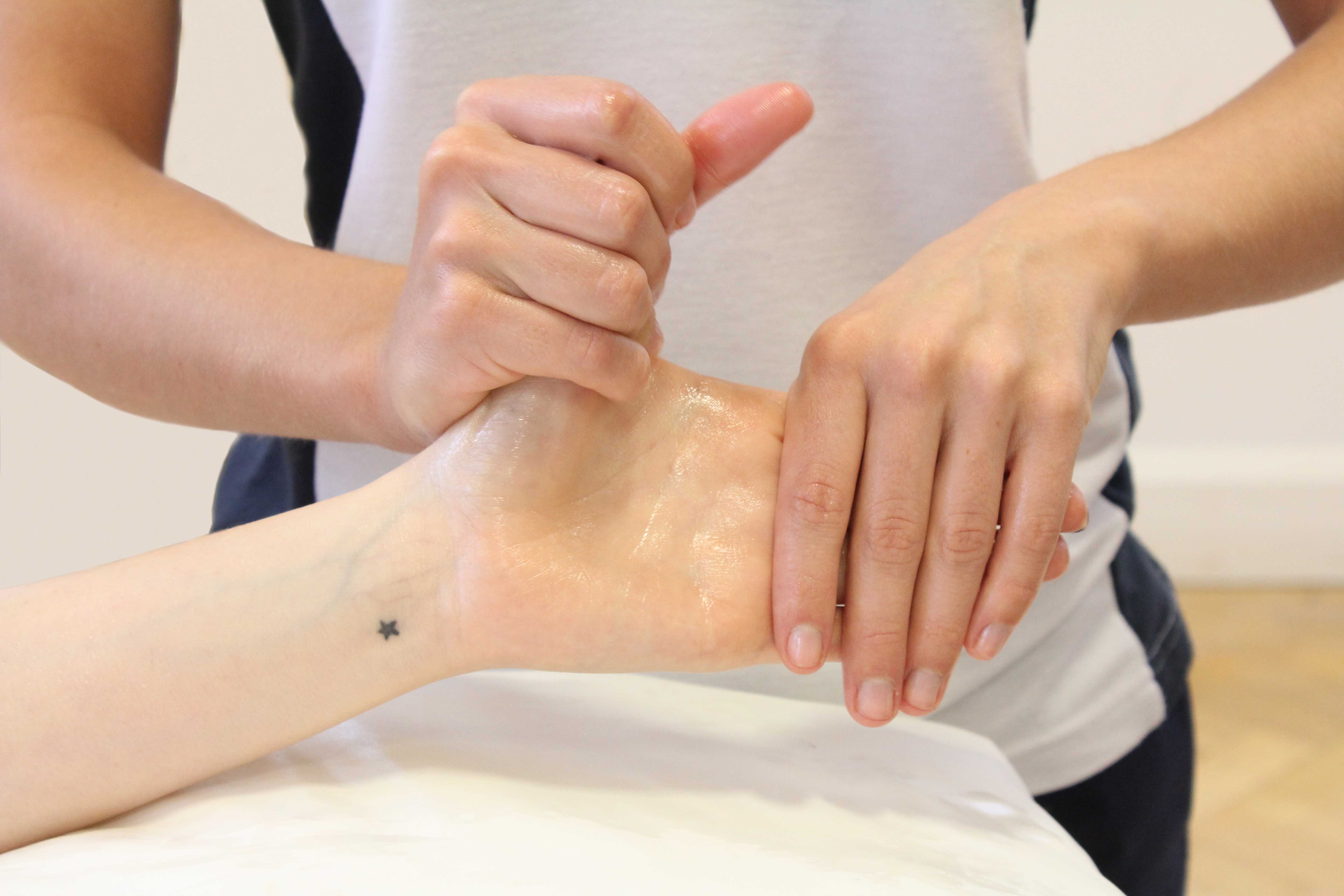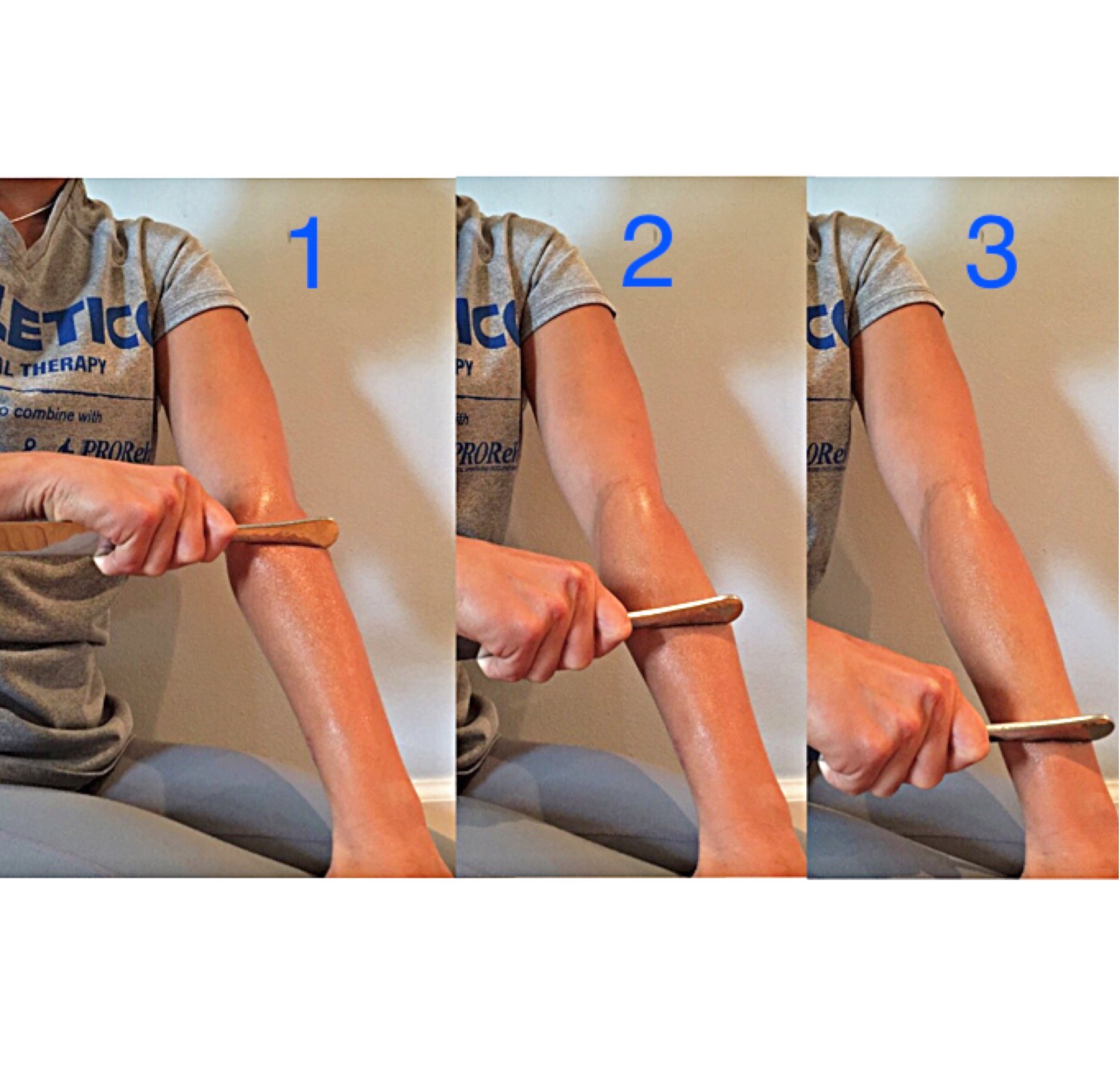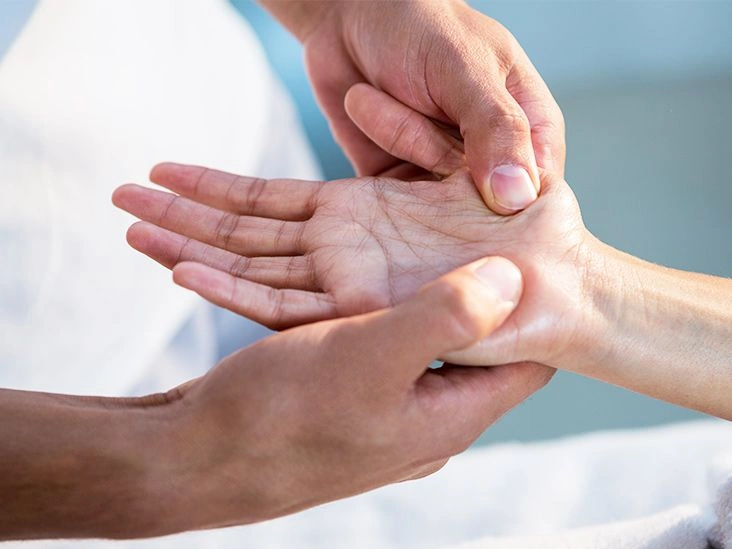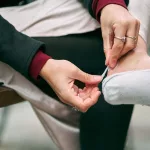Massage therapy offers numerous reported advantages, including targeted hand massages. Massaging the hands can help relieve muscle tightness and may lessen pain.
This piece explores the advantages of hand massage and provides guidance on how to massage your hands when they need extra attention.
What are the benefits of a hand massage?
A hand massage can support your health and wellness in several ways. Potential benefits of hand massage include:
- reduced hand pain
- lowered anxiety
- improved mood
- better sleep
- enhanced grip strength
A found that, in general, massage therapy might be helpful for a wide variety of conditions, such as:
- pain disorders, including arthritis, carpal tunnel syndrome, and fibromyalgia
- hypertension
- autoimmune disorders, like asthma and multiple sclerosis
- autism
- HIV
- Parkinson’s disease
- dementia
Below we’ll examine several hand-related conditions that research has indicated may benefit from hand massage.
Arthritis
Hand arthritis can be painful and disabling. Everyday activities such as turning a doorknob or opening a jar may become difficult or impossible. Regular hand massage may help improve hand strength and reduce pain from rheumatoid arthritis.
Carpal tunnel syndrome
Carpal tunnel syndrome causes pain, numbness, and weakness in the wrist.

Massage therapy may help ease carpal tunnel discomfort, according to a . The review reported that individuals with carpal tunnel syndrome who received regular massages experienced lower pain, less anxiety and depressive mood, and improved grip strength.
Massage aimed at relieving carpal tunnel typically concentrates on the wrist, though it may also include the forearm, shoulder, neck, and hand.
Neuropathy
Neuropathy involves nerve damage that can produce pain in the hands and feet. It may also cause numbness, tingling, and other abnormal sensations. Common causes include diabetes and chemotherapy.
A 2016 study of people receiving chemotherapy found that after a single massage session, 50% of participants reported symptom improvement. The greatest improvement over the 10-week study was a reduction in overall weakness.
A examined people with diabetic neuropathy who received massages with essential oils three times a week for four weeks. After the four-week period, their pain was significantly lower and quality-of-life measures improved markedly.
How to give yourself a hand massage
You don’t need special tools to perform a hand massage at home. You can massage with or without oil, essential oils, or lotion. For best results, aim to do a hand massage daily for at least 15 minutes. Use moderate pressure rather than light pressure, especially if you have hand pain.
A hand massage before bed may enhance sleep quality, but massages can be soothing and beneficial at any time of day.
Applying warmth to your hands and forearms before starting can help relax muscles. Then follow these steps:
- Sit comfortably. To apply moderate pressure more easily, rest one hand on a table while using the other to perform the massage strokes.
- Use your palm to stroke the forearm from wrist to elbow and back on both sides. You can extend the strokes to the shoulder if desired. Repeat at least three times on each side to warm the muscles.
- Use your palm to stroke from the wrist to the fingertips on both sides of the hand. Do this at least three times using moderate pressure.
- Cup your hand around your forearm with your thumb underneath. Gently pinch the skin starting at the wrist, move slowly up to the elbow, then back down. Repeat on both sides of the forearm at least three times with moderate pressure.
- Use your thumb and forefinger — or thumb and all fingers — to press in circular or back-and-forth motions, slowly moving up the hand and forearm. Do this on both sides at least three times using moderate pressure.
- Press your thumb in circular motions with moderate pressure over the back of the hand and then the palm. Maintain pressure along both sides of each finger. Use your thumb to massage the webbing between the thumb and forefinger.
Depending on your specific issue, your physician, physical therapist, or massage therapist may recommend particular techniques. If you have severe pain, consult your doctor before beginning self-massage.

Tips for getting a professional massage
Tips for getting a professional massage
Receiving a professional hand massage can offer extra benefits, particularly if you have a condition that research suggests massage can help.
To locate a licensed massage therapist suited to your needs, consider the following:
- Ask your doctor to recommend a massage therapist who is familiar with your condition.
- Use the American Massage Therapy Association’s locator service to find therapists in your area. Look for practitioners experienced in hand massage.
- Check the American Society of Hand Therapists for member therapists near you.
- If you’re receiving treatment for a particular disorder, the professional association for that specialty may offer referrals.
- If there’s a local massage chain, inquire about the therapists’ qualifications and experience, especially related to hand massage.
Some health insurance plans may cover massage if your physician refers you for therapeutic treatment. If you pay out-of-pocket, session costs can range from $50 to $175. Prices vary, so it’s wise to compare options.
The bottom line
Research indicates that routine hand massage can help reduce pain, strengthen the hands, and diminish stress and anxiety. Hand massage can complement treatment for arthritis, carpal tunnel syndrome, neuropathy, and other conditions.
Professional hand massage can be a valuable investment for overall wellbeing. Establishing a daily self-massage habit can deliver ongoing benefits.


















Leave a Reply
You must be logged in to post a comment.